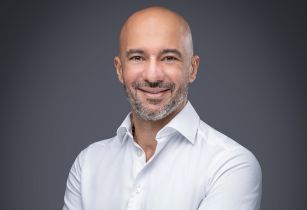Ashraf Yehia, managing director at Eaton Middle East talks about the ways in which an intelligent grid can be implemented
A significant transformation is taking place within the grid. According to a Global Energy Monitor report, countries in the Middle East and North Africa region are planning to increase utility-scale capacity by 49.5GW. At the same time, the electrification of buildings and transportation is presenting grids with the unprecedented challenge of meeting higher electrical demands.
Energy needs are on a surge, and with the grid becoming increasingly dynamic and complicated, the integration of new tools becomes imperative for distribution networks to address future challenges effectively. This pressing need for reliable, resilient, zero-emissions, and cyber-secure energy is the driving force behind the UAE's $163bn and Saudi Arabia's $186bn investments toward fostering a greener economy.
As the grid continues to evolve, complexity grows and energy demands escalate, it is crucial to embrace novel tools that empower distribution networks to tackle the forthcoming challenges effectively.
There are three fundamental capabilities driving the implementation of the intelligent grid: incident isolation, sophisticated modeling, and real-time responses.
Recognising the need for a sustainable and resilient future, companies should understand that the distribution network must adapt and perform more efficiently. Regardless of weather events, uninterrupted power supply is imperative. As the world continues to electrify, it will encounter new peak energy requirements that need to be met. Rather than merely managing energy supply to meet demand, the integration of new grid intelligence will facilitate the balance between supply and demand.
Acess the full article here.






